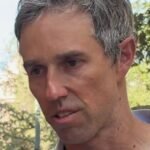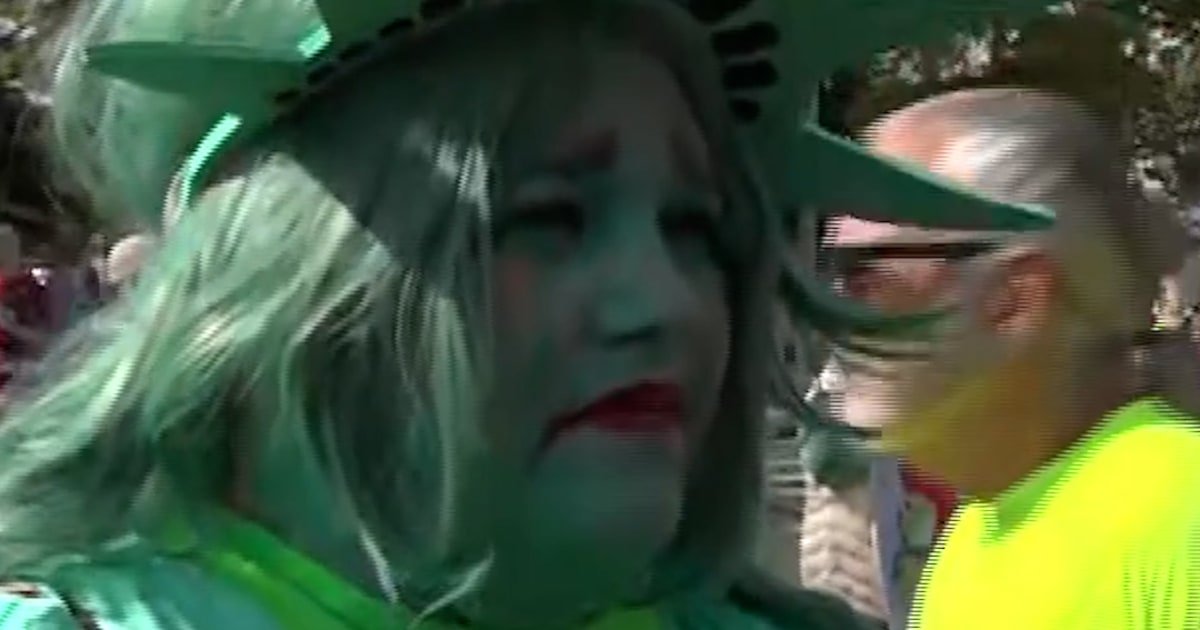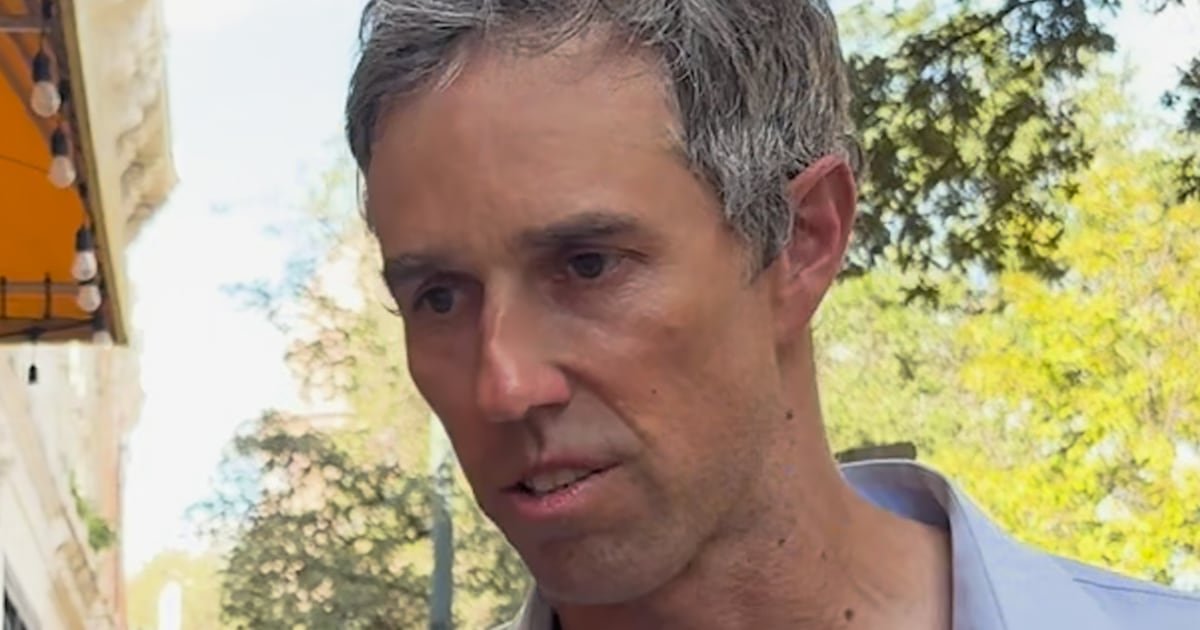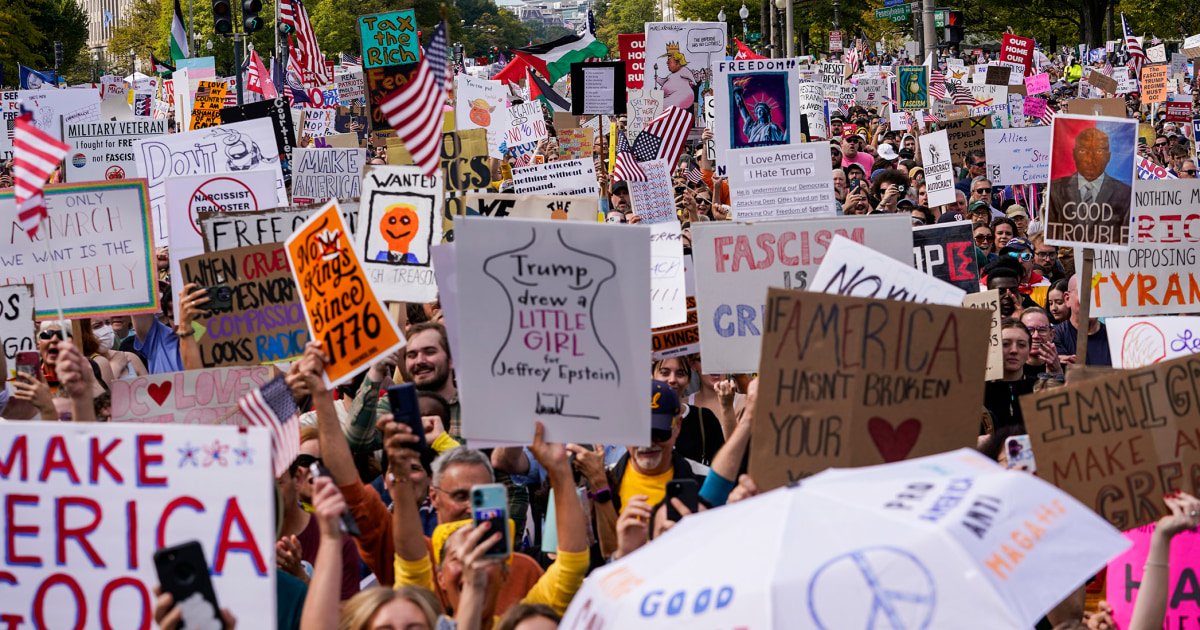The summary
- The fires in the Los Angeles area are the worst case caused by strong winds that hit after months without rain.
- Fire experts, previous reports and risk assessments had to some extent anticipated a wildfire catastrophe.
- The geography and climate of the affected region, along with climate change and suburban sprawl in fire-prone areas, created a vulnerable situation.
For the Los Angeles area, the recent series of wildfires represents a worst-case scenario: Unusually powerful and prolonged Santa Ana winds struck after months without significant rain. But the severe consequences of the fires are not a surprise, according to an NBC News review of reports after previous fires, wildfire risk maps, public meetings on wildfire risk and interviews with fire experts.
“Totally predictable,” said Char Miller, a professor of history and environmental analysis at Pomona College.
The fires forced the evacuation of nearly 180,000 people, cut power to nearly half a million customers and burned thousands of homes.
“We have been building houses deep in the fire zones. “We know they are fire zones, we know they are dangerous, and yet City Hall and county government have consistently given the green light to development in increasingly high-risk locations,” Miller said. “All the factors that you don’t want combined are combined.”
The risk of wildfires in Los Angeles County homes is higher than in 99% of counties in the United States, according to a federal analysis. Pacific Palisades, Hollywood Hills and Altadena, three areas where fires are burning, have “very high fire risk severity,” according to Los Angeles Fire Department and state maps.
“It wasn’t if, but when,” said Joe Scott, chief fire scientist at Pyrologix, a wildfire risk consultancy that worked on the federal analysis. “But this is at the high end of what could have happened.”
After the Woolsey Fire in November 2018, a subsequent review described problems that resemble those facing firefighters today.
That fire raced through the Santa Monica Mountains toward homes on the Malibu coast, dropping embers up to a mile from its front line and forcing 250,000 people to evacuate. More than 1,000 homes in Ventura and Los Angeles counties were destroyed.
The report described it as a “perfect storm.”
The speed and intensity of the fire “overwhelmed the resources on the scene,” he said, noting that the canyon’s dead-end roads made evacuations and access for firefighters difficult. Given the weather and the fire department’s limitations, the review said, the initial response in Malibu and along the Pacific Coast Highway had to focus on preserving lives and providing safety, not protecting property. But the public and policymakers don’t fully understand that reality, he said.
“The public has the perception that public agencies can always protect them. “As an incident of the magnitude of the Woolsey Fire shows, this is not always possible,” the report said, praising first responders for limiting the death toll to three.
Even adding more fire trucks and taking steps to better prepare homes for potential fires, he concluded, may not be enough to protect new developments in fire-prone areas.
“Even if the current fire climate cycle stops, it will return,” he said.
The predictions were confirmed this week: Los Angeles County Fire Chief Anthony Marrone said Wednesday that there simply were not enough firefighters to handle the situation, given the weather conditions.
“Los Angeles County and our county’s 29 fire departments are not prepared for this type of widespread disaster. There are not enough firefighters in Los Angeles County to tackle four separate fires of this magnitude,” Marrone said, noting that firefighters had been previously positioned in the Santa Monica Mountains before the fires. “This is not a normal red flag alert.”
Part of the difficulty of fighting fires in areas affected by the Woolsey Fire and current fires has to do with geography.
Pacific Palisades is a meeting point between the suburbs and the often windswept hillsides. The luxury homes (median values in the ZIP code topped $3.4 million last year, according to data provided by Zillow) are located in an ecosystem with fire-prone chaparral plants such as manzanita, oak and chamise , which is sometimes called fatwood.
Before European colonization, such ecosystems could be expected to burn once every 30 to 130 years. Today, fires are expected in populated areas every 20 years or less due to ignitions caused by human activity, according to the California Wildfire and Forest Resilience Task Force.
Chaparral ecosystems are known for intense, windswept fires, said Robert Gray, a Canadian wildfire ecologist and former wildland firefighter.
“There is a long list of these chaparral fires, which cause immense damage to built-up areas,” Gray said, adding that the plants contain volatile chemicals that can increase the height of the flames.
In Los Angeles County, the spread in the hills now means that “when a fire advances, as it does, it jumps from roof to roof,” Miller said.
At the city, county and state levels, California has invested in programs to reduce fire risk and has dedicated more resources and personnel to fighting fires year-round. In July, the Legislature extended the peak season for firefighting personnel from five to nine months.
The city and county of Los Angeles have implemented brush removal programs designed to ensure homeowners have “defensible space” to fight fires. Because Pacific Palisades and Hollywood Hills are in areas considered “Very High Fire Hazard Severity Zones,” homeowners should clear brush, trim trees, and keep roofs clean. State code also requires an inspection before a home can be sold.
Those interventions and others, such as installing fire-resistant roofs, can work, Gray said, if everyone in the neighborhood is on board.
“If your neighbor doesn’t do it and your house catches on fire, the radiant heat alone will negate it,” he said.
Insurers have become increasingly cautious given the high risk. In March, State Farm did not renew coverage for about 30,000 property insurance policyholders in California, including more than 1,600 in Pacific Palisades. In September, more than 1,400 homeowners in Pacific Palisades had policies from California’s FAIR plan, an insurer of last resort.
To that already vulnerable situation, add exceptionally dry conditions (Los Angeles hadn’t had significant rain since July) and a dangerous wind storm. That’s the cocktail behind this week’s fires, a confluence of dangers that firefighters had expressed fear about for months.
“Right now, Southern California, especially the coastal part, hasn’t gotten a lot of rain, so it was very vulnerable, with those low humidities and fast winds, to being receptive to a wildfire,” said Anale Burlew, deputy chief. from the California Department of Forestry and Agriculture. Fire Protection (Cal Fire) said at a California wildfire task force meeting after the Franklin Fire burned more than 4,000 acres near Malibu last month.
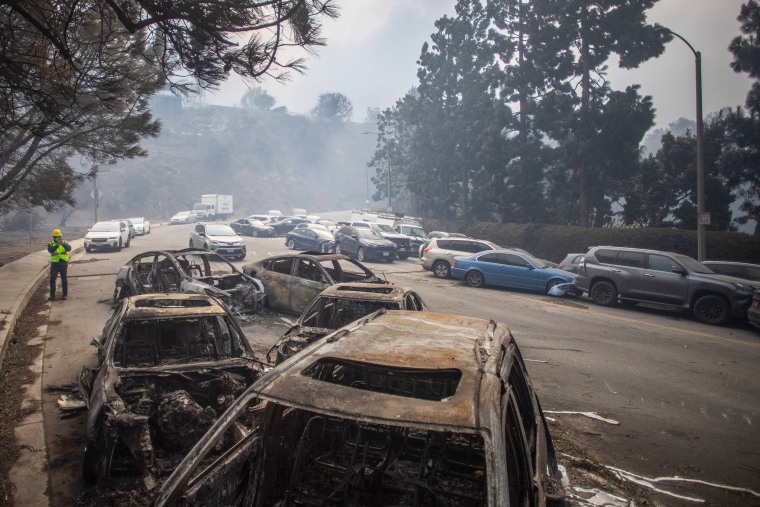
Wade Crowfoot, California’s secretary of natural resources, said at the meeting that the state’s “fire season has become the year of fire.”
“We are now facing wildfire conditions across the state that will never really let up in 12 months,” he said.
Winter wildfires in California are often sparked by the Santa Ana winds, which sweep across mountain slopes and draw moisture from coastal areas. Winds can quickly propel any fire that starts, especially when the landscape is dry.
The San Gabriel Mountains typically trap high pressure, so Santa Ana winds occur when pressure seeps through canyons and passes through. But on Tuesday, the Santa Anas were able to overcome the mountains and send a descending wind storm toward the Pacific Palisades and Pasadena.
“These are areas that are typically better protected,” said Robert Fovell, a professor of atmospheric and environmental sciences at the University at Albany.
He added that meteorologists accurately predicted the wind event: “It would be fair to characterize it as well anticipated from a meteorological standpoint.”
Once Santa Ana winds reach high speeds, options for protecting property are limited, said Miller, the Pomona College professor.
“When that happens and a fire breaks out, there’s no way to stop it,” he said. “When it’s driven by 40, 50, 60, 70 mile per hour winds, there’s almost nothing a firefighter can do.”
Research does not suggest that Santa Ana wind events are becoming more likely due to climate change. But rising temperatures and longer droughts mean a greater likelihood of fire-friendly conditions when the winds blow, according to UCLA climate scientist Daniel Swain.
“Climate change is increasing the overlap between extremely dry vegetation conditions later in the season and the occurrence of these wind events,” he said in a recent YouTube speech.
Swain was the lead author of a study published Wednesday in the journal Nature Reviews, which suggests that “hydroclimatic whiplash” – a term for rapid changes between an intensely wet and dry climate – has accelerated around the world. California provides a prime example, having experienced significant flooding over the past two winters.
“This whiplash sequence in California has doubled the fire risk,” Swain said in a news release. “First, by greatly increasing the growth of flammable grass and brush in the months leading up to the fire season, and then drying them out to exceptionally high levels in the extreme dryness and heat that followed.”


